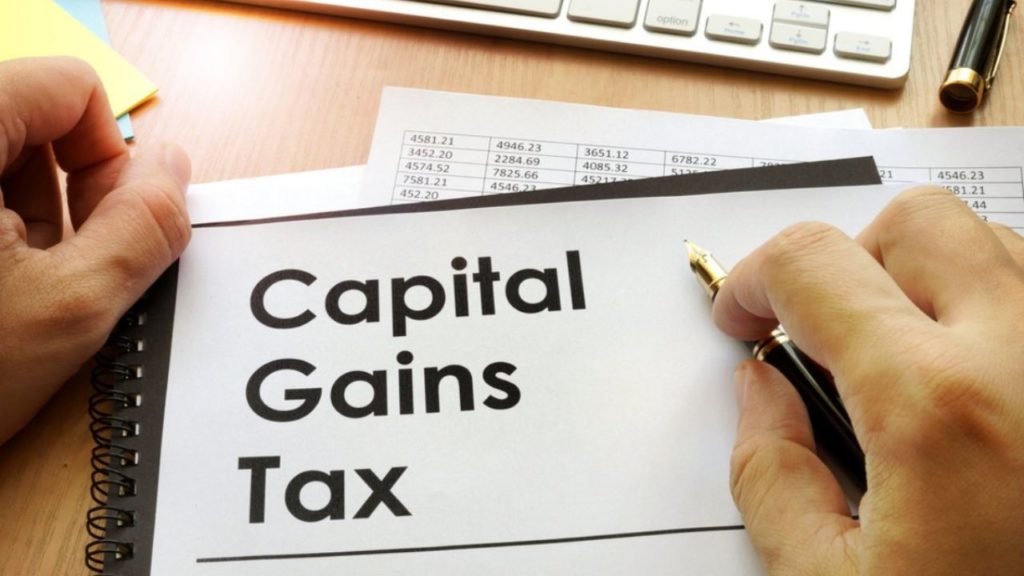Capital Gains Tax: The tax code taxes long-term capital gains and qualified dividends differently.
Table of Contents
Investors with taxable accounts instead of tax-favored retirement accounts like individual retirement accounts (IRAs) or 401(k)s usually pay lower tax rates on investment income and other benefits.
How does a capital gain or loss work?
If an investor sells a holding in a taxable account, the difference between the investment’s original cost and its selling price is a capital gain or loss.
If you buy shares for $6 and sell them for $10, you make $4. If you buy shares for $6 and sell them for $4, you lose $2.
Also Read: Tax Refund Delayed? It Could Take Years – What You Need to Know
How much tax do you pay on dividends and capital gains?
If the investor in the above example sold both shares in the same calendar year, he or she would net a $4 gain and a $2 loss for a taxable capital gain of $2.
The net losses can offset up to $3,000 of “ordinary” income, such as wages, each year if total losses exceed total gains. Unused capital losses can be carried forward to offset future capital gains and ordinary income.
Tax rates on long-term and short-term capital gains
If you hold an investment for more than a year, you’ll get a favorable tax rate of 0, 15%, or 20%.
It’s important to note that profits on investments held for less than a year are taxed at higher rates than ordinary income.
Qualified dividends are taxed at the same favorable rates as long-term gains. Nonqualified dividends are taxed at ordinary income rates.
Also Read: EV Tax Credit 2024: Everything You Need to Know, How to Qualify, Is There Any New Rules?



